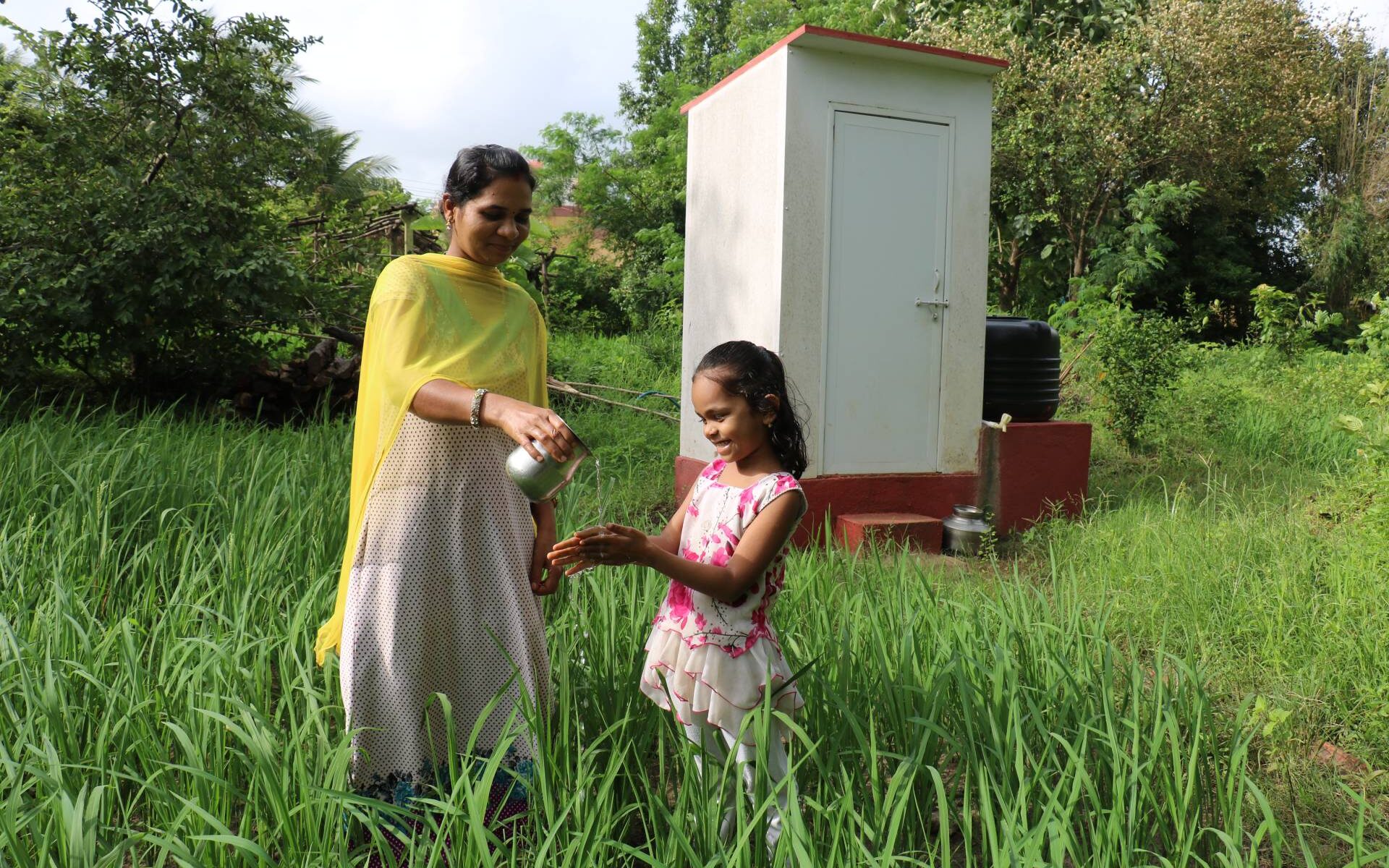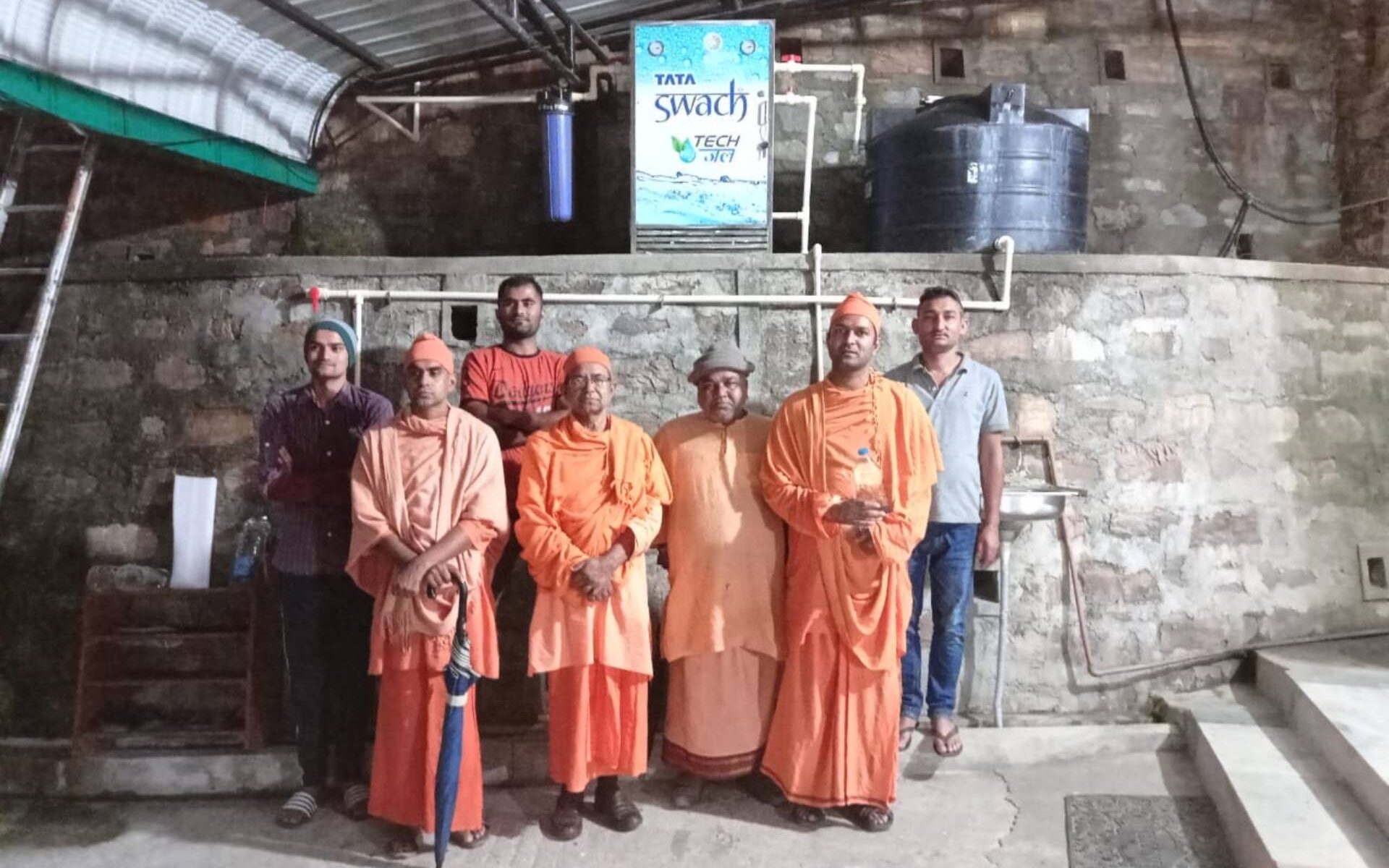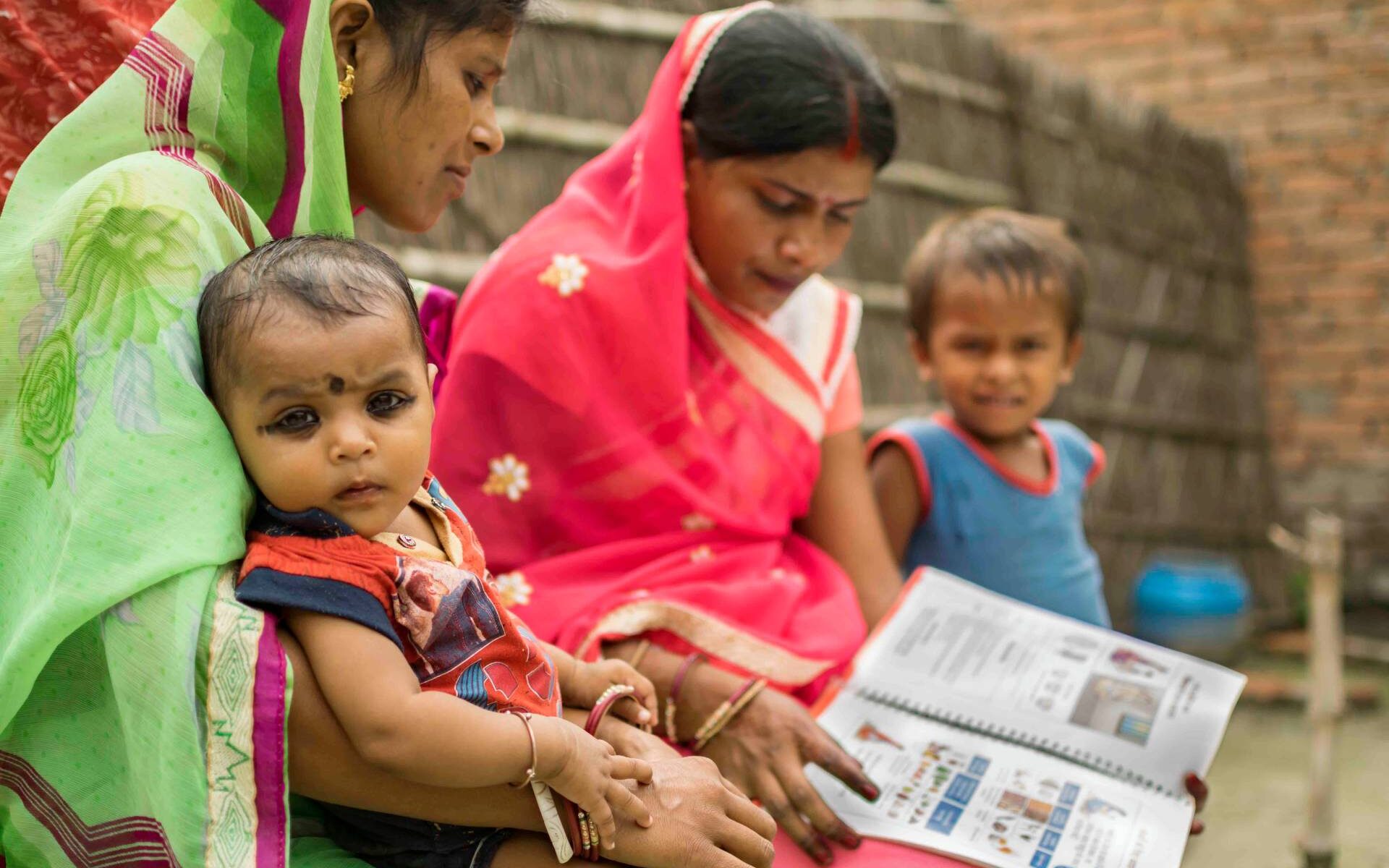Spearheaded by SRIJAN, the BIWAL initiative attempts to address water, agriculture and livelihood issues by promoting natural resource management related measures among community
Self-Reliant Initiatives through Joint Action (SRIJAN) is a grassroots NGO working for livelihoods enhancement of the poorest of the poor and marginalised sections of the society in 16 districts of Madhya Pradesh, Rajasthan, Uttar Pradesh and Chhattisgarh. SRIJAN employs over 130 team members across these locations to reach out the poor and empower them. The organisation believes in the power and capacity of community collectives to sustain the developmental efforts. Since its inception in 1997, SRIJAN has been striving to make rural community self-reliant and live with dignity.
Bundelkhand Initiatives for Water, Agriculture and Livelihoods (BIWAL)
The project strives to revive Bundelkhand’s traditional tanks through community-led action and stabilize agricultural livelihoods in a region vulnerable to chronic water distress.
BIWAL directly focusses on these 4 SDGs, i.e. SDG 1 – End poverty in all its form; SDG 2 – Zero Hunger; SDG 6 – Clean Water and Sanitation; SDG 15 – Biodiversity, Forests and Desertification. Moreover, the project also facilitates achieving other SDGs by indirectly contribute to SDG 5 – Gender Equality; SDG 8 – Decent Work and Economic Growth; SDG 12 – Responsible Consumption and Production; SDG 13 – Climate Action and SDG 17 – Partnership for the Goals.
Implementation & Challenges
As water sources are drying up, while many sources which already exist in the villages are defunct, BIWAL with its partner NGOs has been identifying and mapping such resources which are then repaired and restored for a continuous supply of water. Some of the major challenges and obstacles related to the project are outlined below:
- Overlap of jurisdictions: Since this project was to be implemented in areas where there is presence and jurisdictions of various line departments like the District administration, Watershed Department and, in some cases, the Forest Department, it was going to be a challenge to have mutual understanding among each other.
- Conflicts among the community: Since water is a scarce commodity in the Bundelkhand region, there was going to be the issue of conflicts arising within them for the usage and rights over the water of the tanks.
- Sustaining the motivation of the community: Since it will be a long intervention and the results and benefits of it might take a long time to be visible, it will be difficult to keep the communities sufficiently motivated all along as they are impoverished.
- Sustained financial support: The financial support from the project is limited to an extent and after initial demonstrations the community will need more financial support to carry out the expansion of the programme objectives in other areas.
Impact
Some of the major achievements and impacts as per the success indicators so far are as follows:
- Renovation and repair of 152 drinking water sources of 46 villages benefitting 10,274 families
- 5 districts covered
- 88 structures constructed in drainage line in tank catchment and command area
- 13,708 cum water potential created
- 434 farmer families benefitted
*This intervention was selected for the Water Changemakers Award- Semifinalist
- Restoring biodiversity: Indigenous plants (60,000 saplings) of Bundelkhand planted on common land such as temple, Panchayat Bhawan, school etc; 3 Miyawaki Forests established
- Climate-smart agriculture: Established 17 Prakritik Krishi Kendre; training of farmers on climate smart agriculture practices; 1,328 farmers practicing in Kharif season, crop stage wise voice messages on agricultural practices; established 289 kitchen gardens; training of farmers on preparation bio-pesticides and natural manures to restore soil health
Collaboration
The internal stakeholders include consortium partner NGOs, implementation team and the community in the form of the Tank Management Committee (TMC). They engage directly at the grassroots for the implementation and monitoring of the project and coordinate all the activities. The data collected is regularly shared and discusses in the TMC meetings. The external stakeholders consist of the major line departments, District administration and the Gram Panchayats. The Gram Panchayat secretary and the Panch regularly attend the TMC meetings and get apprised of the progress of the proceedings. The Gram Panchayat issues the No Objection Certificate (NOC) for the excavation of the tank as it is a community resource. The District administration and the line departments are regularly updated on the progress of the project. One major engagement of external stakeholder includes the sharing of the objectives and progress of the project to the Chief Minister of Uttar Pradesh Shri Yogi Adityanath in the Bhujal Saptah meeting through video conferencing. This sharing with the Chief Minister was very well received and appreciated.
Link for SHORT DOCUMENTARY ON ACTIVITIES & ACCOMPLISHMENTS OF SRIJAN’s BIWAL PROJECT https://www.youtube.com/watch?v=sljqBGARAz8
Monitoring
For collecting technical information on the geography and terrain, tools like Topographic Sheets, GIS mapping and Google earth are used to ensure accuracy and precision. Based upon the data, an MIS system has been designed which is updated on a monthly basis. This MIS is maintained as a record book by the Tank Management Committee and is discussed in the regular meetings. Data like groundwater level, moisture level in the soil, amount of rainfall et al is recorded in the books and shared. This provides the much-needed right perspective as well as the progress of the programme.
Replicability & Scalability
It is a fact that these tanks that already existed used to be maintained by the community. In due course of time and due to several issues, these community institutions became weak and maintenance was neglected. As part of the project it was envisaged that rejuvenating the community institutions and capacity building of the members will ensure the regular maintenance and upkeep of the tanks. Hence one Tank Management Committee has been promoted in every intervention village which is being given regular handholding and training support. Also, the project team is linking these committees with the Gram Panchayats and the respective line departments, as these institutions are permanent and will ensure the sustainability of the project in future. In a short span of time, the BIWAL programme has been catching a lot of attention due to its success so far. As mentioned above, the programme was shared with the Chief Minister of UP, Shri Yogi Adityanath during the Bhujal Saptah and it was very well received. Also, a study was conducted by the Atal Bihari Vajpayee Institute of Good Governance and Policy Analysis on the BIWAL programme and a report was published on the website dedicated to the initiative. The Madhya Pradesh government took cognizance of this report and showed interest to replicate this in other areas of the state. The state government has also issued 13 circulars for adopting this process. Hence, it can be said that the programme is beginning to have a cascading impact at the higher levels of administration also.
Improving productivity and profitability
Keshkali is a permanent resident of Churyari village of Gourihar block in district Chhatarpur, Madhya Pradesh. The main source of her family’s income is daily wages and farming. Under the BIWAL programme, a training session on climate-smart agriculture was organised in Churyari by the consortium partner Arunoday Sansthan. The session evoked Keshkali’s and her family’s interest in the establishment of Prakritik Kendra. After the approval of Tank Management Committee (TMC), a Prakritik Kendra was established in the premises of Keshkali’s house.
She contributed 20 per cent of the cost to build the Prakritik Kendra by herself. She was provided with Sesame and Moong seeds for cultivation on one Bigha of her land and technical and knowledge inputs of climate-smart farming like preparation of Ghanjeevamarit, Beejaamrit, Neemastra etc. She applied these techniques in the other patches of her land also for the crop of groundnuts and blackgram. There was definitely some fear in her mind, but when the crop got ready for harvest, her enthusiasm was elevated. According to Keshakali, the cost of smart-farming method was much lower than what she had incurred last year on farming. Moreover, climate-smart agriculture practices also increased her yield. Now she regularly adopts these methods of climate-smart agriculture and also advocates the practice in her village.
Development without sustainability is not real development. A holistic approach to development is required. The Sustainable Development Goals earmarked by the UN address all the aspects, that when achieved will bring about in the poor and marginalised sections of the society, a dignified life with good health and harmony with the environment. At SRIJAN we strive to align our goals with the SDGs and all our interventions are planned in order to cover as many Goals as possible. We choose to do this in the regions of India where it is the toughest and it is most needed. Our belief is that by focussing on these goals we have been able to achieve till date a significant change and a big ray of hope for the future and thus becoming a champion of SDGs.
Prasanna Khemariya
CEO, SRIJAN
